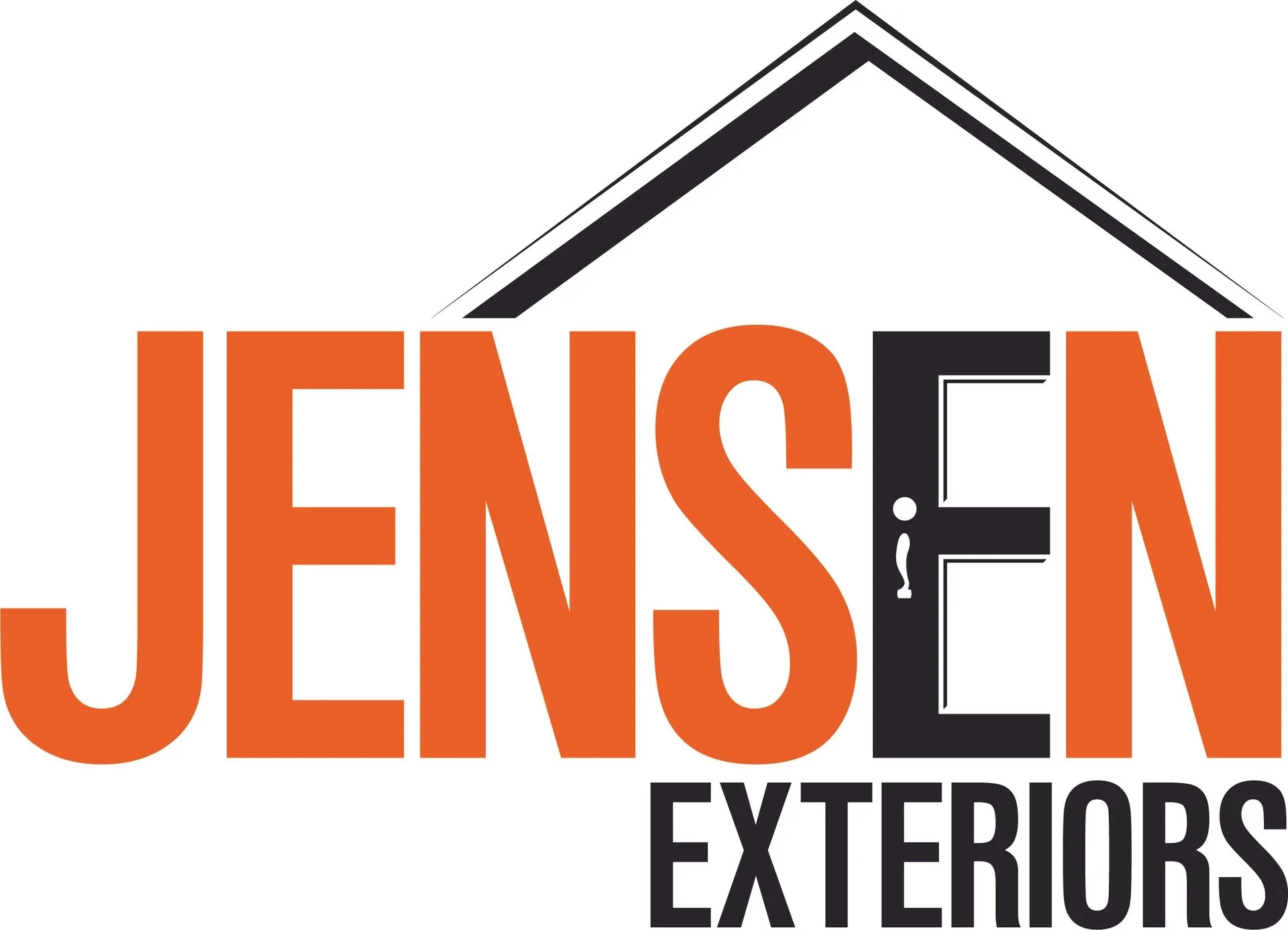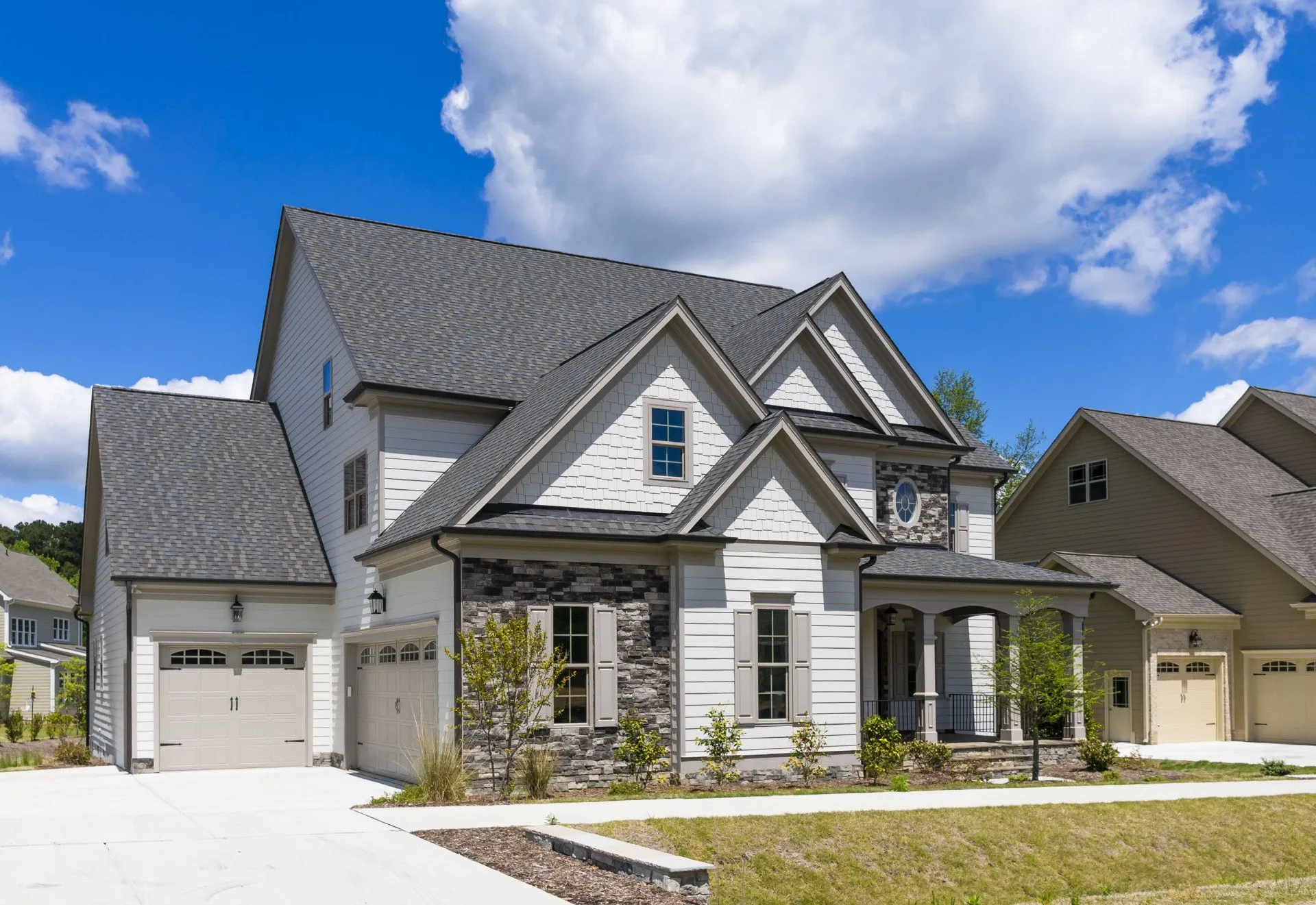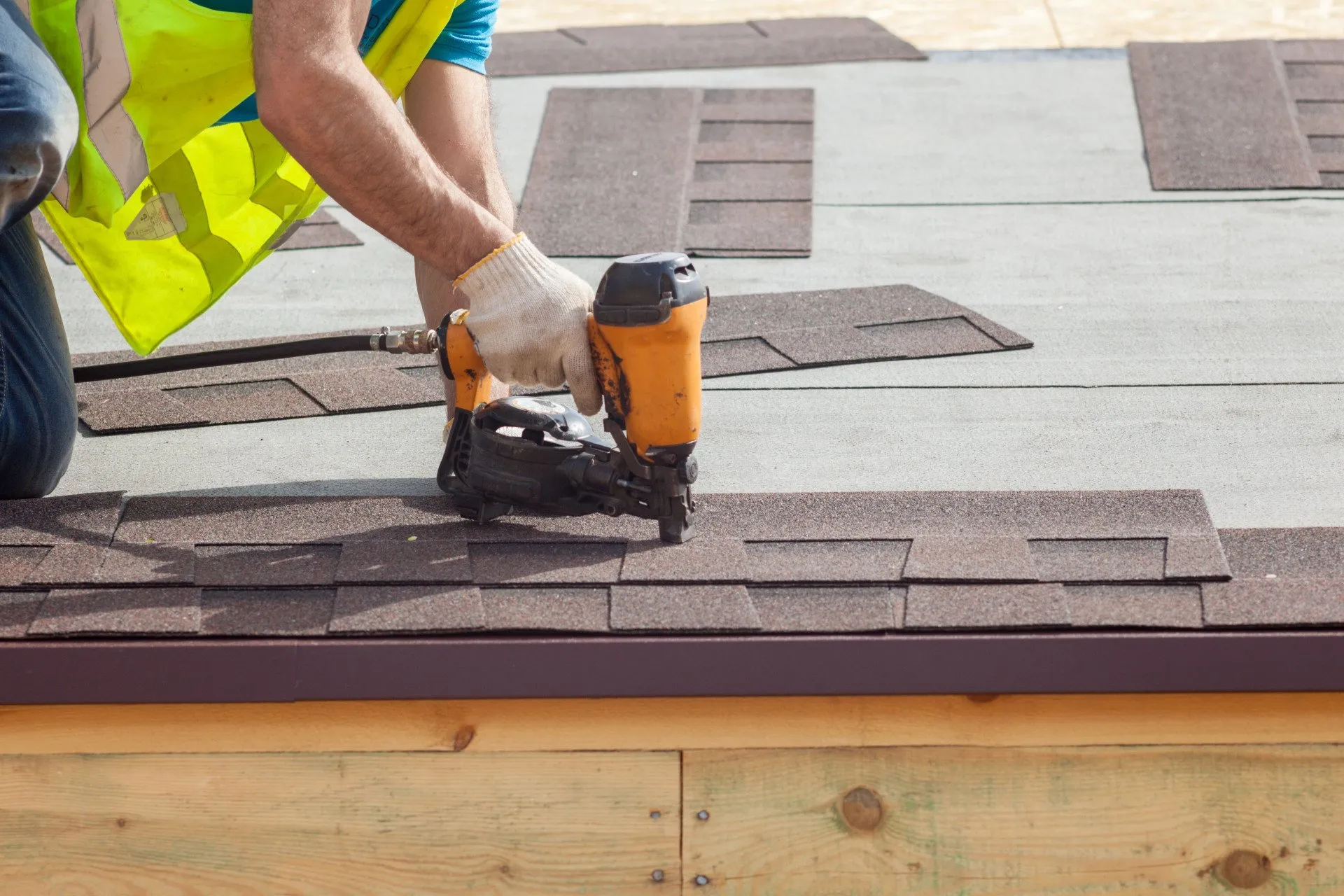In the Willamette Valley, the selection of a commercial roofing system is a decision that demands careful consideration due to the region’s distinctive climate conditions. With winters that bring persistent rainfall and summers characterized by dry heat, the choice of roofing materials and systems must prioritize durability, moisture resistance, and thermal efficiency. While metal roofing and sustainable green roofs present compelling options, exploring the full spectrum of available systems, including TPO, PVC, modified bitumen, and more, reveals a complex landscape of solutions each with its unique advantages. The question then arises: how does one navigate these options to guarantee the selection of a roofing system that not only meets the immediate needs of their commercial property but also stands the test of time in the Willamette Valley’s challenging environment? This critical inquiry underscores the importance of further exploring the nuances of commercial roofing systems in this region.
Understanding Regional Climate Impacts
The climate of the Willamette Valley, characterized by wet winters and dry summers, greatly influences the selection and maintenance of commercial roofing systems. This unique weather pattern necessitates roofing materials that can withstand prolonged moisture exposure without succumbing to degradation, such as mold growth or rot. Additionally, the materials must be resilient enough to endure the dry and often hot summer conditions without cracking or becoming brittle over time.
Given these climatic challenges, commercial roofing in the Willamette Valley often involves the use of highly durable materials and innovative installation techniques. These systems are designed to provide effective water drainage and resist water penetration, critical factors in preventing roof damage and ensuring longevity. Proper insulation is also a key consideration, enhancing energy efficiency by keeping buildings cooler in the summer and warmer in the winter.
Moreover, maintenance practices are tailored to address the specific demands of the region’s climate. Regular inspections and maintenance are essential to identify and repair minor issues before they escalate into major problems, particularly after the heavy rain seasons. This proactive approach helps in extending the life of commercial roofing systems, ensuring they remain functional and effective in protecting properties from the Willamette Valley’s distinctive weather patterns.
Metal Roofing Solutions
Why are metal roofing solutions increasingly becoming the preferred choice for commercial buildings in the Willamette Valley? The answer lies in their unmatched durability, longevity, and cost-effectiveness, making them an excellent investment for business owners. Metal roofing systems offer superior resistance to the diverse weather conditions characteristic of the Willamette Valley, including heavy rainfall, strong winds, and occasional snowfall. Their resilience against such elements guarantees minimal maintenance requirements, translating into significant savings over time.
Moreover, metal roofs boast a high degree of energy efficiency. They reflect solar radiant heat, which can reduce cooling costs during the warm summer months. This attribute aligns with the growing demand for more energy-efficient buildings in the region. Additionally, the aesthetic versatility of metal roofing allows for a wide range of designs and colors, enabling businesses to enhance their architectural appeal without compromising on functionality.
The installation process of metal roofing systems is relatively straightforward, which reduces labor costs and shortens project timelines. This aspect is particularly appealing for commercial projects where minimizing disruption is paramount. To sum up, the combination of durability, cost-effectiveness, energy efficiency, and aesthetic flexibility makes metal roofing an increasingly popular choice for commercial buildings in the Willamette Valley.
Sustainable Green Roofs
Shifting from metal roofing solutions, we now delve into the concept of sustainable green roofs, a growing trend in the Willamette Valley’s commercial roofing landscape. This section will outline the significant benefits green roofs offer, from environmental advantages to energy efficiency, and provide a concise overview of their installation process. Understanding these elements is vital for businesses considering an investment in green roofing systems.
Benefits of Green Roofs
How do sustainable green roofs contribute to the environmental and economic benefits for buildings in the Willamette Valley? Initially, green roofs play an important role in reducing the urban heat island effect, a common challenge in densely populated areas. By incorporating vegetation, these roofs absorb sunlight rather than reflecting it, greatly lowering surrounding air temperatures. This natural insulation reduces energy consumption for cooling, leading to substantial cost savings for building owners. Additionally, green roofs manage stormwater effectively, decreasing runoff and mitigating flood risks. They also improve air quality by filtering pollutants and carbon dioxide, contributing to a healthier urban environment. In addition, by extending roof life due to their protective layer, green roofs offer a long-term, sustainable roofing solution with both ecological and financial advantages.
Installation Process Overview
Understanding the benefits of green roofs sets the stage for exploring the installation process of these sustainable systems in the Willamette Valley. Initially, a structural assessment confirms the building can support the additional weight. Waterproofing layers are then applied to protect the structure from water damage. A root barrier is essential to prevent roots from penetrating the waterproof membrane. Drainage systems are meticulously designed to manage water efficiently, preventing standing water and promoting a healthy plant environment. A filter fabric is applied above the drainage layer to prevent soil erosion. Finally, the growing medium and vegetation are installed. The choice of plants is critical, focusing on native species that thrive in the Willamette Valley’s climate, ensuring a sustainable, low-maintenance green roof that enhances building efficiency and promotes biodiversity.
TPO and PVC Systems
Shifting our focus from sustainable green roofs, let’s now direct our attention to TPO and PVC systems, which play a crucial role in the commercial roofing industry of the Willamette Valley. These systems provide a variety of benefits, such as durability and energy efficiency, which we will delve into alongside their installation processes and maintenance guidelines. It is crucial for property owners and managers to grasp these aspects to make well-informed decisions about their roofing solutions.
Benefits of TPO, PVC
Among the various commercial roofing options available in the Willamette Valley, TPO and PVC systems stand out due to their remarkable durability and energy efficiency. These materials are highly resistant to ultraviolet, ozone, and chemical exposure, making them ideal for withstanding the region’s diverse weather conditions. Moreover, their reflective properties notably reduce cooling costs by deflecting sunlight, thereby contributing to a more sustainable and cost-effective building operation. TPO and PVC roofing systems are also recognized for their flexibility, which allows them to accommodate the building’s movement and settling without compromising the integrity of the roof. This adaptability, combined with their resistance to punctures, tears, and water infiltration, ensures a long service life with minimal maintenance requirements, presenting a valuable investment for commercial properties in the Willamette Valley.
Installation Process
The installation process for TPO and PVC roofing systems involves meticulous preparation and precise execution to guarantee peak performance and longevity. Initially, the existing roofing material must be carefully inspected and, if necessary, removed to secure a clean, stable substrate. This is critical for the adhesion of the new roofing system. Following substrate preparation, the TPO or PVC membrane is rolled out and positioned for best coverage and seam integrity. For TPO systems, seams are typically heat-welded, creating a watertight bond that is both durable and flexible. PVC systems also utilize heat-welding for seams but may include additional chemical adhesives for increased adhesion. Throughout the installation, attention to detail in sealing around penetrations, such as vents and drains, is essential to prevent leaks and ensure a thorough roofing solution.
Maintenance Guidelines
To guarantee the longevity and peak performance of TPO and PVC roofing systems, regular maintenance is essential. These systems, favored for their durability and energy efficiency in Willamette Valley’s variable climate, demand a proactive approach to upkeep. Essential maintenance practices include:
- Inspection and Cleaning: Conduct bi-annual inspections to identify and rectify potential issues such as membrane punctures or seam separations. Regular cleaning to remove debris and prevent the buildup of dirt and algae is also important.
- Repair Damages Promptly: Address any identified damages immediately to prevent water infiltration and larger structural issues.
- Maintain Rooftop Equipment: Ensure that all rooftop installations, such as HVAC units, are properly maintained and supported to avoid puncturing the roofing membrane.
Adhering to these guidelines can greatly extend the life of your TPO or PVC roofing system, ensuring it remains a cost-effective and reliable choice.
Modified Bitumen Roofing
Why should property owners in the Willamette Valley consider modified bitumen roofing for their commercial buildings? This roofing type offers a blend of traditional and modern roofing technologies, making it a durable and cost-effective choice for the often unpredictable weather conditions in the region. Modified bitumen roofing systems are known for their enhanced strength and flexibility, which is particularly beneficial in areas subject to temperature fluctuations and significant rainfall, common in the Willamette Valley.
Modified bitumen roofing involves layers of asphalt that are modified with polymers or rubbers and then reinforced with fiberglass or polyester fiber matting. This composition provides superior waterproofing capabilities, resistance to tears, and longevity. The installation process, which can include heat-welding, cold-applied adhesives, or self-adhering sheets, allows for a seamless finish that greatly reduces the risk of leaks.
Furthermore, these roofing systems are highly adaptable to various roof shapes and sizes, making them an excellent option for the diverse architectural styles found in commercial properties throughout the Willamette Valley. Additionally, with options for reflective coatings, modified bitumen can offer enhanced energy efficiency, reducing cooling costs during the warmer months.
EPDM Rubber Options
Considering the unique climate of the Willamette Valley, EPDM rubber roofing presents an ideal solution for commercial buildings seeking long-lasting durability and weather resistance. This synthetic rubber material, known for its exceptional elasticity and resilience, stands up remarkably well against the valley’s diverse weather conditions, ranging from wet, rainy winters to hot, dry summers. EPDM roofing systems offer a practical and efficient option for those looking to invest in a roof that not only lasts decades but also provides a high level of protection against the elements.
The benefits of choosing EPDM rubber options for commercial roofing in the Willamette Valley include:
- Superior Durability: EPDM roofs are resistant to abrasions, UV radiation, and extreme weather conditions, making them a robust choice for the area’s variable climate.
- Low Maintenance Needs: Beyond occasional inspections and cleanings, EPDM roofing requires little upkeep, helping businesses save on maintenance costs over time.
- Eco-Friendly: Made from recycled materials, EPDM roofs are an environmentally friendly option. They are also highly energy-efficient, helping to reduce heating and cooling costs.
Solar Panel Integrations
Increasingly, commercial buildings in the Willamette Valley are integrating solar panels with their roofing systems to leverage the area’s solar potential while enhancing energy efficiency and sustainability. This trend not only aligns with global efforts to reduce carbon footprints but also offers significant cost savings over time through reduced electricity bills.
The integration of solar panels into commercial roofing systems involves careful planning and execution. It requires a thorough assessment of the roofing structure to guarantee it can support the additional weight of the solar panels. Additionally, the orientation and angle of installation are critical factors that determine the efficiency of solar energy collection. Professionals in the field utilize advanced technology and software to simulate and predict energy production, optimizing the layout for maximum benefit.
Solar panel integrations are supported by a variety of roofing materials, each offering unique advantages. These systems are designed to be low maintenance, with the durability to withstand the Willamette Valley’s diverse weather conditions. Importantly, businesses opting for solar integrations can benefit from federal and state incentives, making it a financially viable option for many.
Adopting solar panel technology reflects a commitment to renewable energy sources, positioning Willamette Valley businesses as leaders in environmental stewardship. This move towards solar integrations not only contributes to a greener planet but also enhances the market value and appeal of commercial properties in the area.
Built-Up Roofing (BUR)
While solar panel integrations offer a forward-thinking approach to energy efficiency, Built-Up Roofing (BUR) remains a steadfast and traditional choice for commercial structures in the Willamette Valley, known for its durability and reliability. This roofing system, often referred to as ‘tar and gravel’ roofing, consists of multiple layers of bitumen and reinforcing fabrics that create a finished membrane. Its popularity endures due to several inherent advantages that make it particularly suitable for the region’s climate and commercial roofing needs.
To make this discussion more engaging, let’s highlight three key features of BUR:
- Longevity: BUR systems are renowned for their long service life. Properly installed and maintained, these roofs can last over 20 years, a reflection of their robustness and the quality of materials used.
- Waterproofing: The multiple layers of bitumen and fabric serve as an excellent barrier against water, providing superior protection against the Willamette Valley’s frequent rainfalls.
- Energy Efficiency: Despite being a traditional roofing method, BUR offers good insulation properties. The thickness and nature of the built-up layers can help in reducing heating and cooling costs, contributing to the building’s overall energy efficiency.
BUR’s continuing preference among commercial buildings in the Willamette Valley illustrates its effectiveness in meeting the demands of the local climate while providing a cost-effective, durable roofing solution.
Roofing Maintenance Tips
Safeguarding the integrity and longevity of commercial roofing systems in the Willamette Valley requires a proactive approach. Seasonal inspections emerge as a vital practice, ensuring that potential issues are identified and addressed before they escalate. This section will provide a thorough guide to preventive measures, equipping property owners with the necessary knowledge to protect their investments.
Seasonal Inspection Importance
Regular seasonal inspections are crucial for ensuring the longevity and performance of commercial roofing systems in the Willamette Valley. These inspections help identify potential issues before they escalate into major problems, thereby saving businesses considerable time and money in the long term. Conducting these inspections in the spring and fall can be particularly advantageous due to the area’s unique climatic conditions.
- Identification of Minor Repairs: Early detection of leaks, wear, and tear can prevent extensive damage.
- Drainage System Check: Ensuring gutters and downspouts are clear of debris to prevent water accumulation.
- Structural Integrity: Examining the roof for signs of sagging or structural distress that could compromise its stability.
Addressing these aspects during routine inspections can greatly enhance the durability and functionality of roofing systems.
Preventive Measures Guide
To mitigate potential roofing issues, a thorough preventive maintenance program should be instituted for commercial buildings in the Willamette Valley. This program should include regular inspections to detect and address minor problems before they escalate into major concerns. It’s vital to clear debris from roofs and gutters to prevent water pooling and guarantee proper drainage. Additionally, maintaining the roof’s surface, including sealing any cracks or splits, can extend its lifespan and improve its performance against the weather elements unique to the region. Inspecting and securing flashing and joints are also important to avoid leaks. By adhering to these maintenance tips, building owners can greatly reduce the risk of costly repairs and increase the longevity of their roofing systems.
Choosing the Right Contractor
Selecting a reputable commercial roofing contractor in the Willamette Valley is a critical decision that demands careful consideration and research. The integrity of your commercial building’s roof impacts not only the safety of its occupants but also the long-term value and operational efficiency of your property. When it comes to choosing the right contractor, prioritizing expertise, reliability, and a strong track record in the industry is crucial.
To make an informed decision, consider the following key factors:
- Experience and Specialization: Look for contractors with extensive experience in commercial roofing systems. Specialization in the specific type of roofing material or system you’re considering is a significant advantage.
- Licenses and Insurance: Ensure the contractor holds all necessary licenses and insurance policies to protect you from liability in the event of accidents or damages during the roofing project.
- References and Reviews: Request references from past projects similar to yours and read online reviews. This will give you insights into the contractor’s work quality, reliability, and customer service.
Choosing the right commercial roofing contractor in the Willamette Valley involves more than just comparing prices. It’s about finding a partner you can trust to safeguard your investment and ensure the longevity of your commercial roofing system. That is why you should choose Jensen Exteriors for all your commercial roofing needs.


